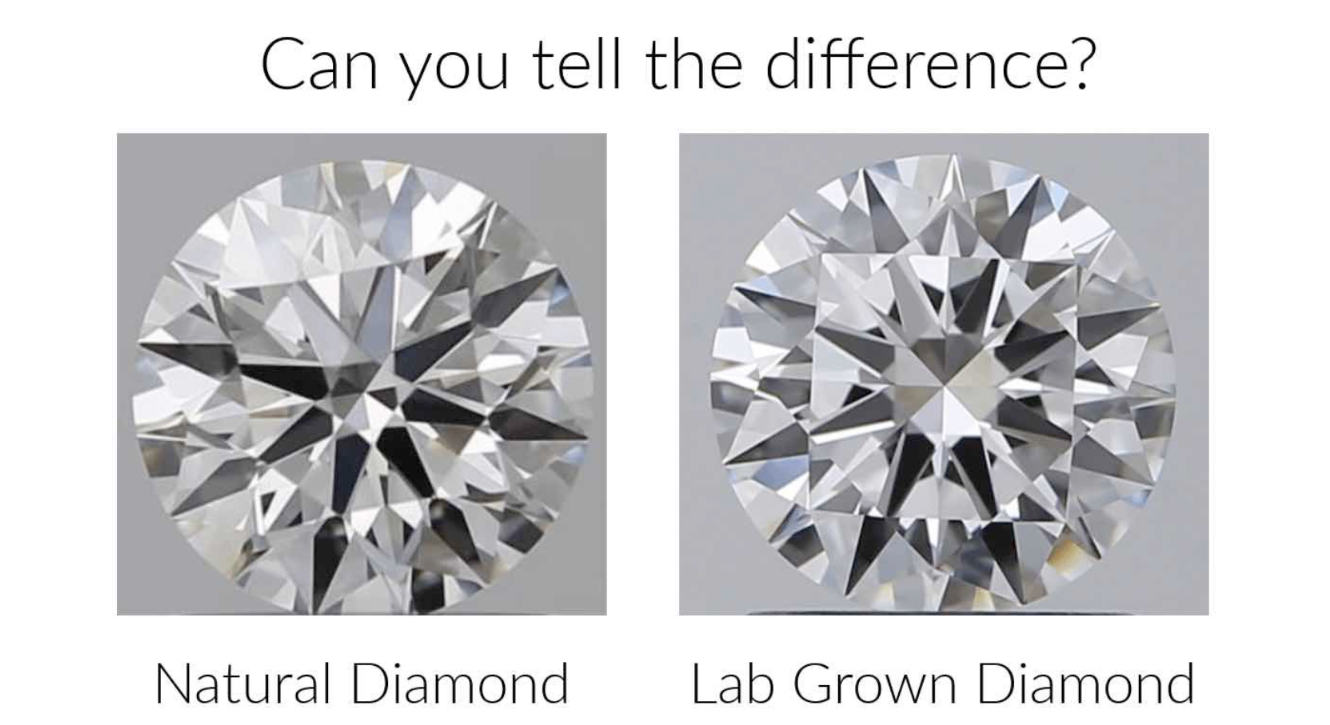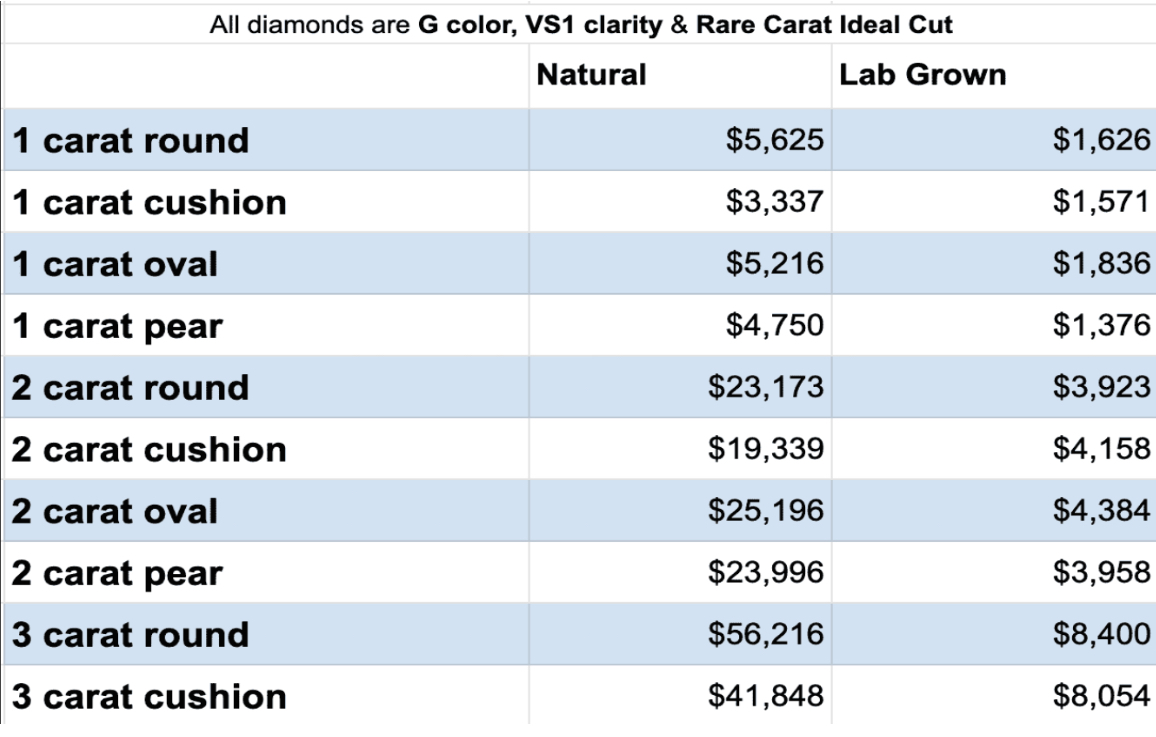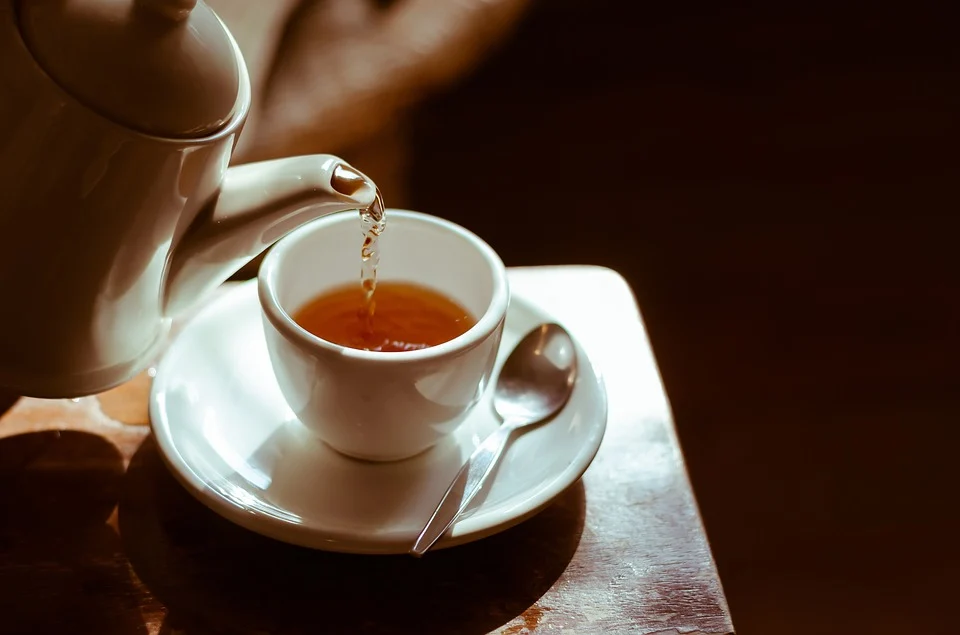
Picking out the perfect or the best diamond shape for your diamond jewelry is not an easy decision to make. There are several important considerations to take when selecting which diamond shape suits you. Thus, these can be for the purpose, preference, personality, and quality of the diamonds. Not all diamond shapes are similar to each other. Hence, each of these shapes also comes with particular features that make them more distinct and unique compared to all other shapes there is. The insights from Rare Carat’s Diamonds Buying Guide diamond education page will give you an introduction to the diamonds’ features and profiles to help you select the one that may sound the most interesting to you.
One of the most well-known and expensive gemstones in the world is the diamond. Diamonds are like real estate properties that need the utmost craftsmanship because purchasing one can also serve as an investment, and wearing a piece of diamond jewelry can always be forever and for keeps. Meanwhile, let the Rare Carat’s Diamonds Buying Guide help you in analyzing which diamond profiles you desire as it is important to know how a diamond’s shape will define its shine, brilliance, luxurious appeal, and appearance. Below are lists of Diamond Shapes to get you oriented:
Diamond Cuts

Marquise-Cut and other Elaborate Shapes
Marquise-Cut has the most exquisite and uncommon shape. Marquise- Cut the shape of a leaf but has two pointed edges on two of its sides unlike the conventional one-side pointed edges for almost all kinds of leaves. the mesmerizing shape gives it a unique look making it glimmer in the middle through its bulging body while sparkling radiantly on the pointed edges. These also work with diamond shapes that have unconventional and asymmetrical shapes like oval, heart, and pear-shaped diamonds. Find on Diamonds Buying Guide at Rare Carat what the 4Cs of these shapes will look like.
Emerald Cut and other Edgy Shapes
The Emerald cut diamond has a staggering equal direction of cut edges making its brilliance look more organized and cleaner. Emerald cut gets its brilliance and elegance through the clean finish of the cut edges making it a perfect shape for formal-design pieces of jewelry with less romantic and curvy appeals. There is the Radiant cut which has a similar outer shape to the emerald cut but of the same cut edges with round brilliant cut diamonds. The Princess Cut comes in a square version of Radiant Cut, while the Radiant Cut has a rectangular configuration. If you are looking for a more stylish and less edgy, go for the Asscher cut diamond shape. Find out on Rare Carat Diamonds Buying Guide to see how these cut shapes are different from each other.
Curvy and Flowy Shapes
If you are looking for curvy or more flowy shapes, the round-brilliant and Cushion cut diamonds are the best choices. These diamond shapes are perfect for romantic and thoroughly vintage-inspired settings The round-cut diamond has the greatest number of facets which guarantees a more glimmery and sparkly glow and reflection because of the many numbers of edges that absorb light and reflect it.
A Diamond’s Purity
Moreover, the shapes do not only indicate and influence the diamond’s luxurious sparkle and elegant appeal. Some diamonds have impurities that may increase or decrease their capacity to shine. Below discuss the diamond’s Clarity Levels and the corresponding diamond shapes that make them a sufficient choice as the shape can dispute the diamond mass composition inclusions through visual tricks.
Flawless (FL)
These are diamonds without any presence of inclusions or blemishes at all. Diamonds in this category are considered to be the rarest diamonds as it is 100% pure in their mass composition. Know more about how diamonds of Flawless or FL clarity level appear in the Diamonds Buying Guide.
Internally Flawless (IF)
These are diamonds with no visible or no present inclusions under 10x magnification in their internal mass composition, but some have surface blemishes.
Very Very Slightly Included (VVS1 and VVS2)
These are diamonds with very small inclusions that are difficult to see under 10x magnification.
Very Slightly Included (VS1 and VS2)
These are diamonds with small inclusions that are visible under 10x magnification but are not visible to the naked eye. They come in the form of very tiny dots.
Slightly Included (SI1 and SI2)
These are diamonds with inclusions that are visible under 10x magnification and may be visible to the naked eye. These inclusions can be seen as very tiny specks of dust or flakes of metals or bubble-like appearances. These also affect the color and hue of the diamonds through chemical reactions. Know more about how diamonds of SI or Slightly Included clarity level appear in the Diamonds Buying Guide.
Included (I1, I2, and I3)
These diamonds have inclusions that may decrease the brilliance and shine of the diamond cutting because it block the absorption of light and the ability to reflect it.
Gather more information about a diamond’s inclusions in the Rare Carat Diamonds Buying Guide.


